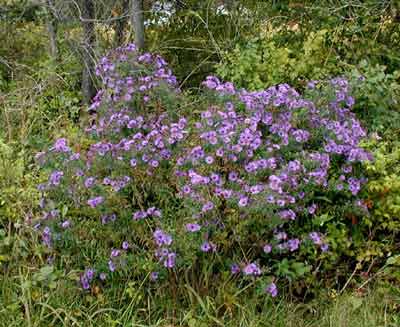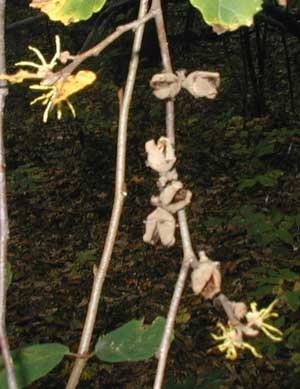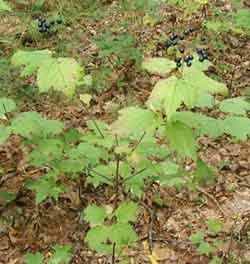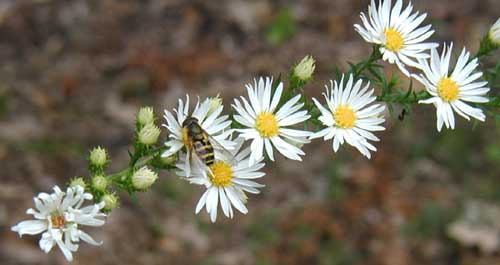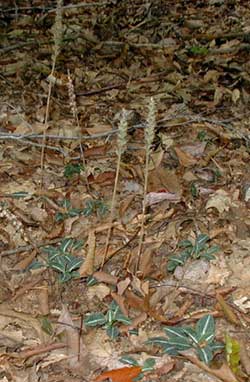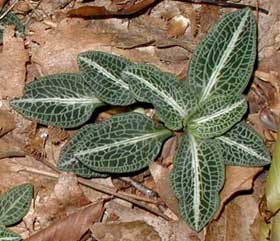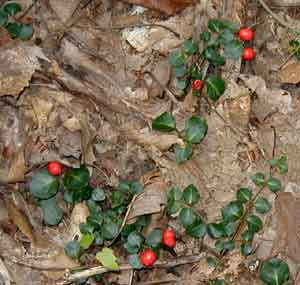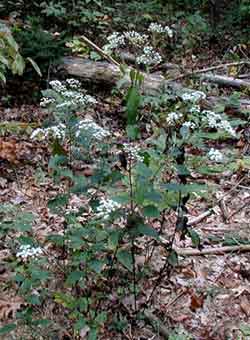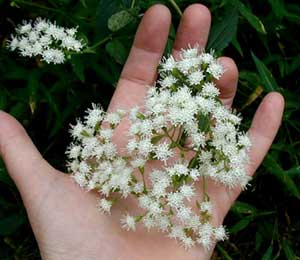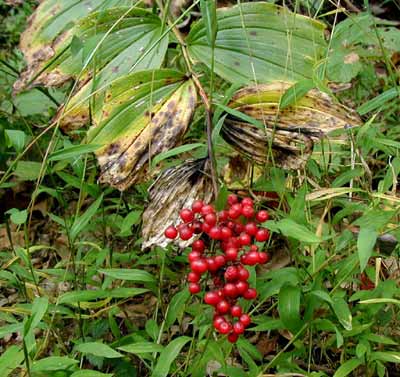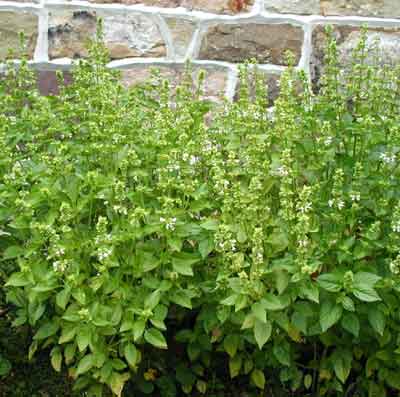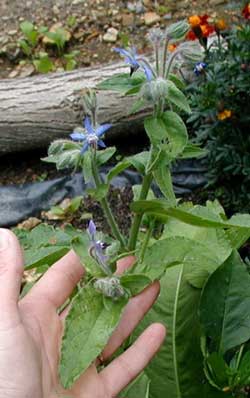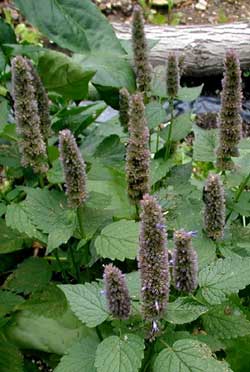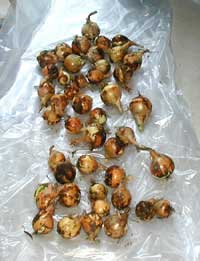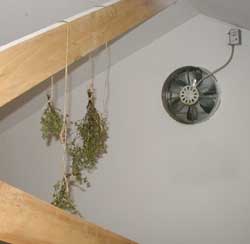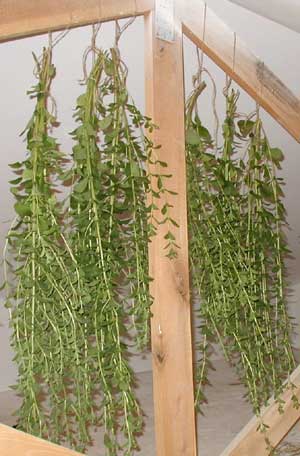Today we harvested the Walla Walla onions from the garden because the tops had died back sufficiently. The once green tails are now brown and dried. The excess dirt was brushed off taking care not to remove the outer layers of skin. The tops were cut back to a couple inches in length.
The onions were placed on a plastic sheet in a protected area that receives sun. The warmth will help to dry the onions for winter storage. Next year, I think we’ll plant two flats of these sweet onions – they are really delicious!
Drying the Walla Walla onions – each onion will be set apart so that no onion touches another while drying.
The weather forecast calls for a snap of cold air, not a frost yet, but cold enough to stop the growth of the Zone 11 Stevia. I harvested the Stevia from the garden, just before it would begin to flower. I considered bringing in the plant to overwinter it, but decided to get a new plant next year instead.
To harvest the Stevia Sweet Herb I used a pair of pruners to cut near the base of each stem that was 2-4 feet tall. I gathered two or three stems together and tied them with twine at the base. The twine was about 2 feet longer than needed for tying the branches together so that it could be used for hanging the herbs.
The herbs were taken to the “drying attic” where we have some spare room set aside just for the purpose of drying herbs. In the center of the room are rafters that the herbs are strung along.
The walls and ceiling of the drying attic are completely finished so there is no worry of loose insulation or anything contaminating the plants stored there. A really nice feature in this attic is the thermostat-controlled exhaust fan. If the temperature gets too hot or cold the thermostat kicks the fan on to bring in some fresh air.
The drying attic with dried herbs hanging near the exhaust fan.
The length of twine holding the Stevia branches together was looped over the rafter with one hand while the other hand held the Stevia bundle so it wouldn’t hit the floor. One hand tied the twine in a couple overhang knots to secure it in place in an upside-down position. This job would be a little easier with an extra hand, but I managed to do it ok by myself. Remember, the herbs will be getting light as they dry so you don’t need to tie expert knots.
Sweet Stevia hanging upside down in the drying attic.
